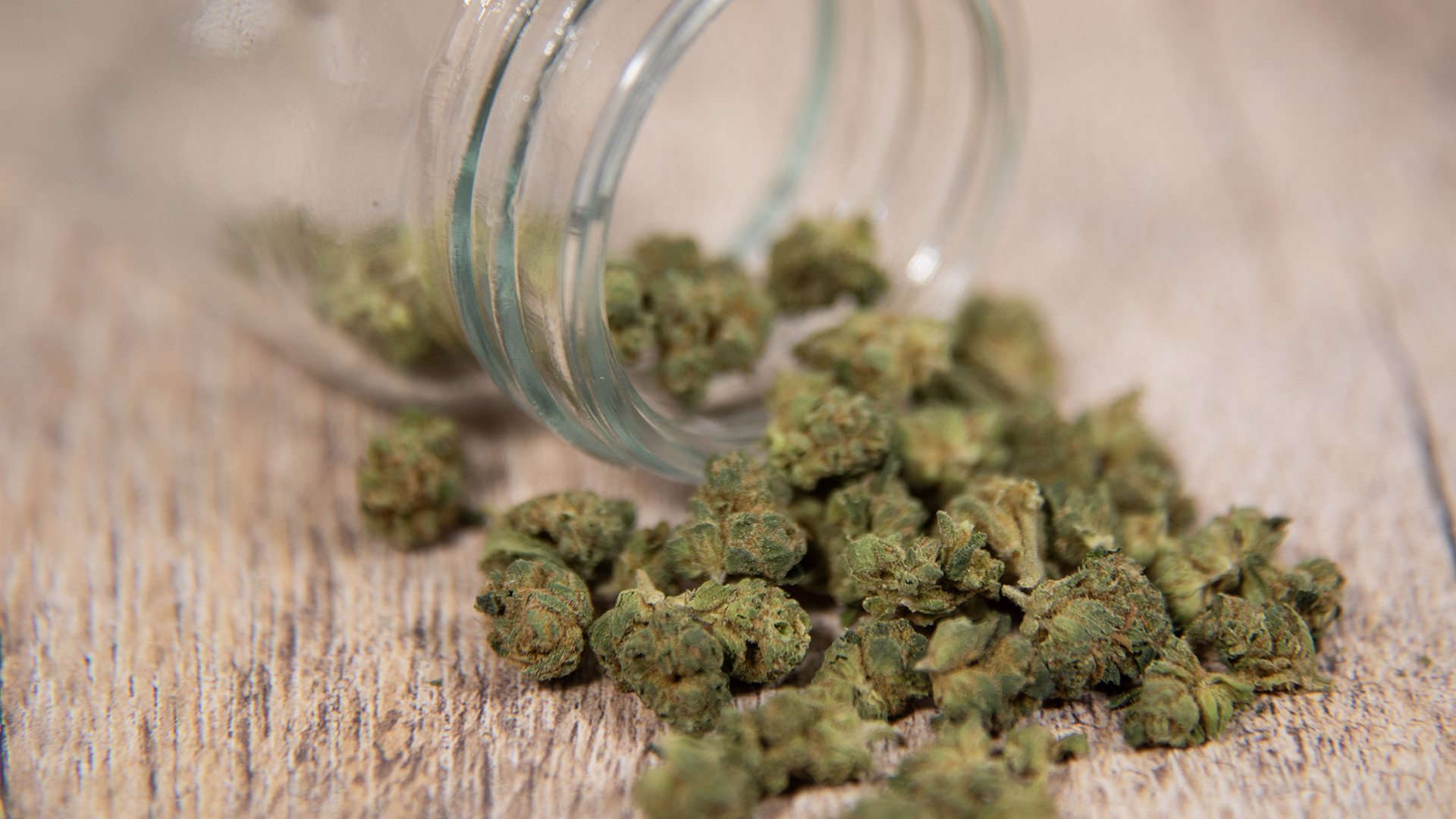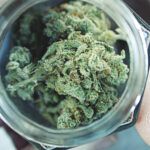When the seasons shift and temperatures drop, cannabis consumers often wonder whether the chill in the air affects how cannabis feels, tastes, or works. While many swear their favorite strains hit differently in winter, science suggests the experience might be more psychological and environmental than chemical. Still, that doesn’t mean cold weather doesn’t subtly change how cannabis feels — both physically and emotionally.
The Physiology of Cold and Cannabis
When the body is exposed to cold, it reacts by conserving heat — narrowing blood vessels and slowing circulation to extremities. According to research from the Journal of Thermal Biology, lower body temperatures can influence metabolism and even how quickly cannabinoids are absorbed. THC and CBD interact with the body’s endocannabinoid system (ECS), which also helps regulate temperature. In cooler conditions, this system may react differently, potentially enhancing certain sensations, like relaxation or tingling, due to restricted blood flow and increased sensory awareness.
However, experts agree that cannabis itself doesn’t chemically change in potency just because it’s cold outside. Dr. Ethan Russo, a neurologist and cannabinoid researcher, explains that environmental temperature doesn’t alter how cannabinoids bind to receptors. What may change is the perception of how those effects feel. When users are cold, their bodies are already in a heightened sensory state — making cannabis-induced sensations, such as warmth, relaxation, or body heaviness, feel more pronounced.
Flavor and Aroma in the Cold
For connoisseurs, flavor and aroma play a big role in the experience — and cold weather can affect both. Terpenes, the aromatic compounds that give cannabis its scent and flavor, are sensitive to temperature changes. In cooler environments, terpenes evaporate less quickly, allowing for a more subtle, grounded taste and smell. Some consumers describe winter sessions as “cleaner” or “crisper,” especially with pine-forward strains like Jack Herer or Blue Dream, which complement cold-weather air.
That said, cold can also mute some aromatic notes. Those who store flower in unheated areas may find their buds smell less pungent because terpenes become less volatile at lower temperatures. This is why experts recommend storing cannabis in a climate-controlled space — ideally between 60–70°F — to preserve terpene integrity.
Psychological and Environmental Factors
The difference consumers often feel may have more to do with the setting than the science. Cannabis and environment are deeply intertwined — much like how wine tastes different depending on where it’s enjoyed. During cold months, people tend to consume indoors, in cozy, low-stimulus environments. This can make effects feel more sedative and introspective.
There’s also the contrast effect: when you step in from the cold, light up, and feel that warm relaxation kick in, your brain amplifies the sensation of relief. The experience becomes tied to comfort, not chemistry. A 2022 study published in Frontiers in Psychology found that environmental cues can significantly shape users’ perception of intoxication and pleasure — meaning the cold may simply make cannabis feel stronger or more soothing, even if the effects are identical.
What About Edibles and Vapes?
Cold weather affects consumption methods differently. Vape cartridges, for instance, can become sluggish or even clog in low temperatures since the oil thickens. Keeping them at room temperature ensures smooth performance. Edibles, on the other hand, are largely unaffected by the weather — though some consumers report that warm comfort foods infused with THC or CBD, such as hot cocoa or baked treats, heighten the seasonal enjoyment factor.
Those who prefer smoking may also find that cold air makes inhalation harsher, especially for individuals with respiratory sensitivity. Using a vaporizer or consuming low-temperature dabs can help reduce irritation.
So, Does Cannabis Really Feel Different?
In short — not chemically, but perceptually. The cannabinoids and terpenes in your favorite flower remain the same regardless of season. What changes is your context: temperature, environment, mood, and expectations. Cold weather slows the body, sharpens sensations, and enhances comfort contrasts, creating an illusion that cannabis feels different — when, in fact, it’s the experience surrounding it that evolves.
For most, that difference is part of the charm. A frosty evening joint can feel like a warm blanket — not because THC changed, but because we did.
Sources:





